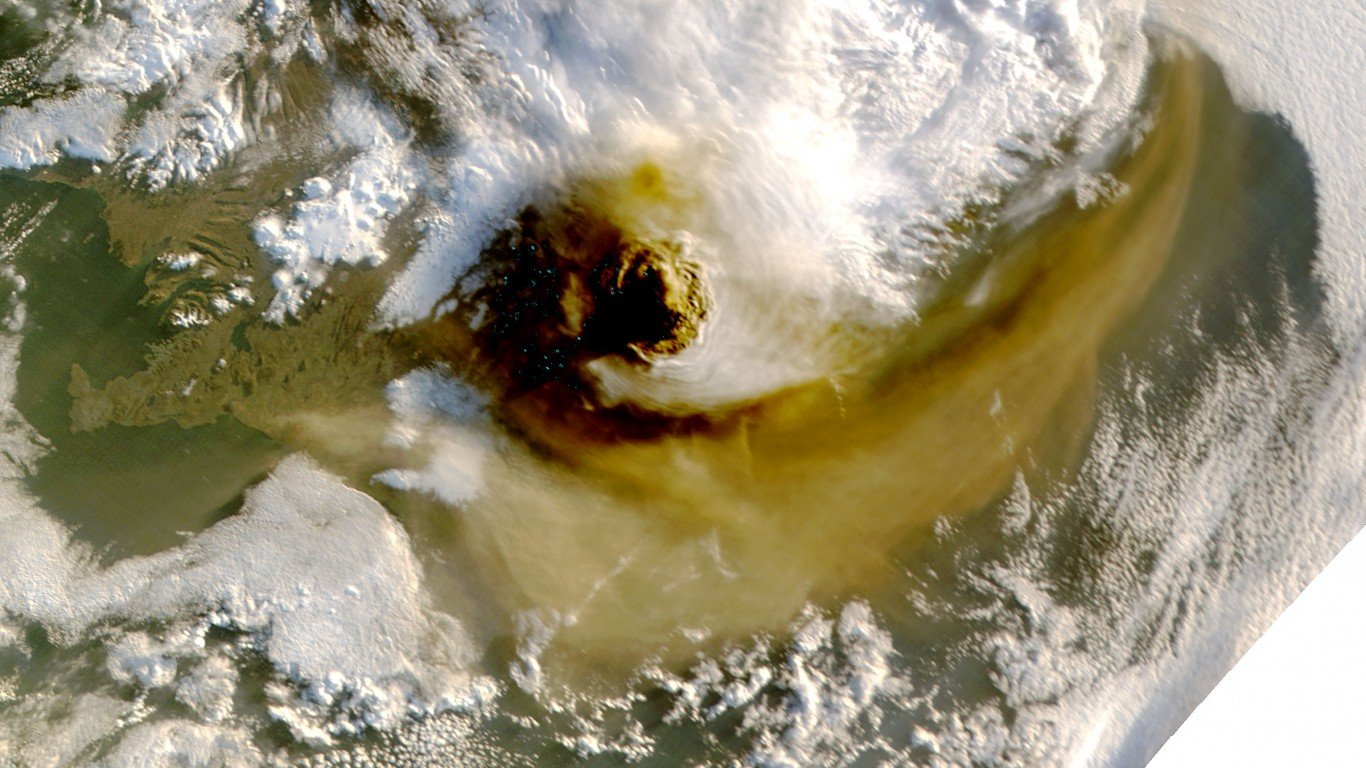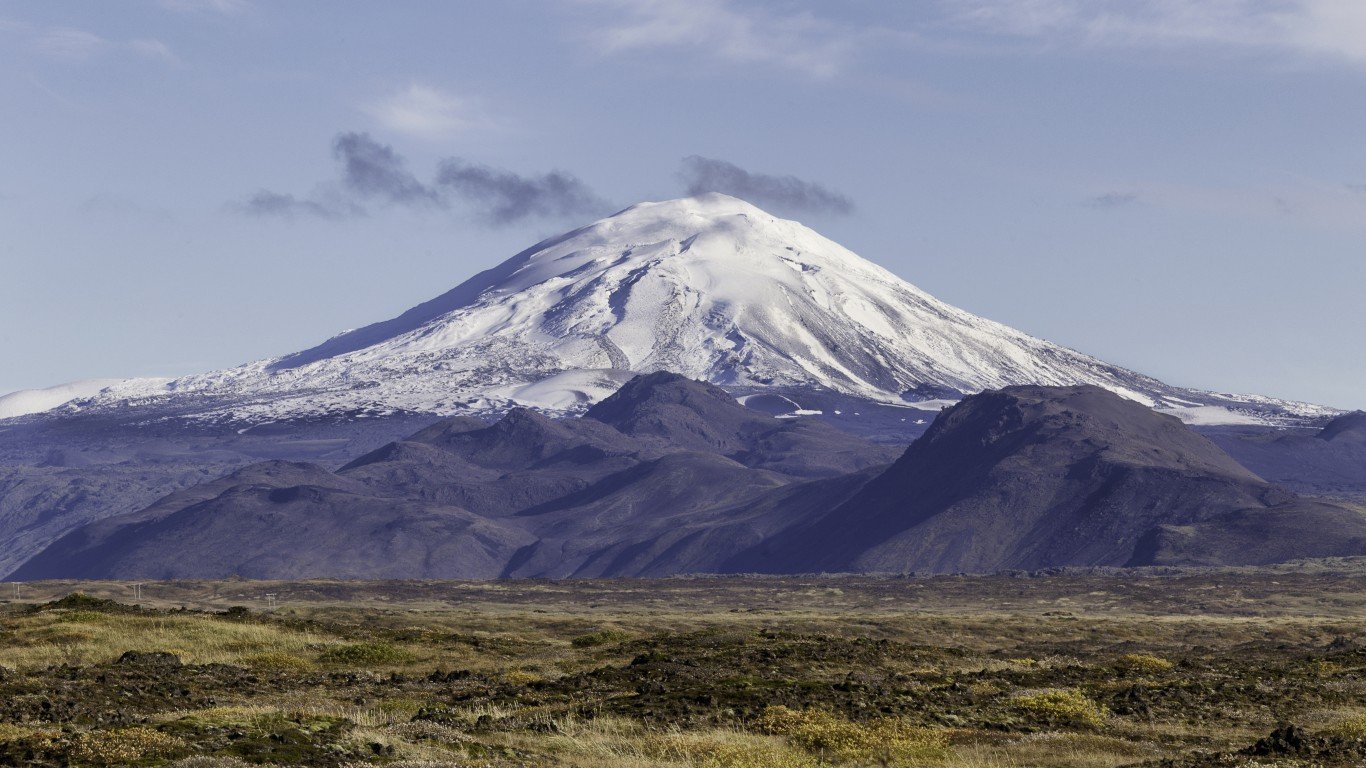
12. Hekla
> Type of volcano: Stratovolcano
> Location: Iceland
> Criteria: Multiple large eruptions, high fatality eruption, significant lava effusion
Iceland is often called the Land of Fire and Ice. Technically the only part of the Mid-Atlantic ridge that breaks above the ocean’s surface, it is covered in active volcanoes and other geothermal features. Hekla is a stratovolcano, also known as a composite volcano. It’s part of a 25 mile-long volcanic ridge and has multiple active craters. It is known to have erupted more than 20 times over the past 2,000 years and continues to spray tephra (ejected rock particles) around Iceland and beyond.
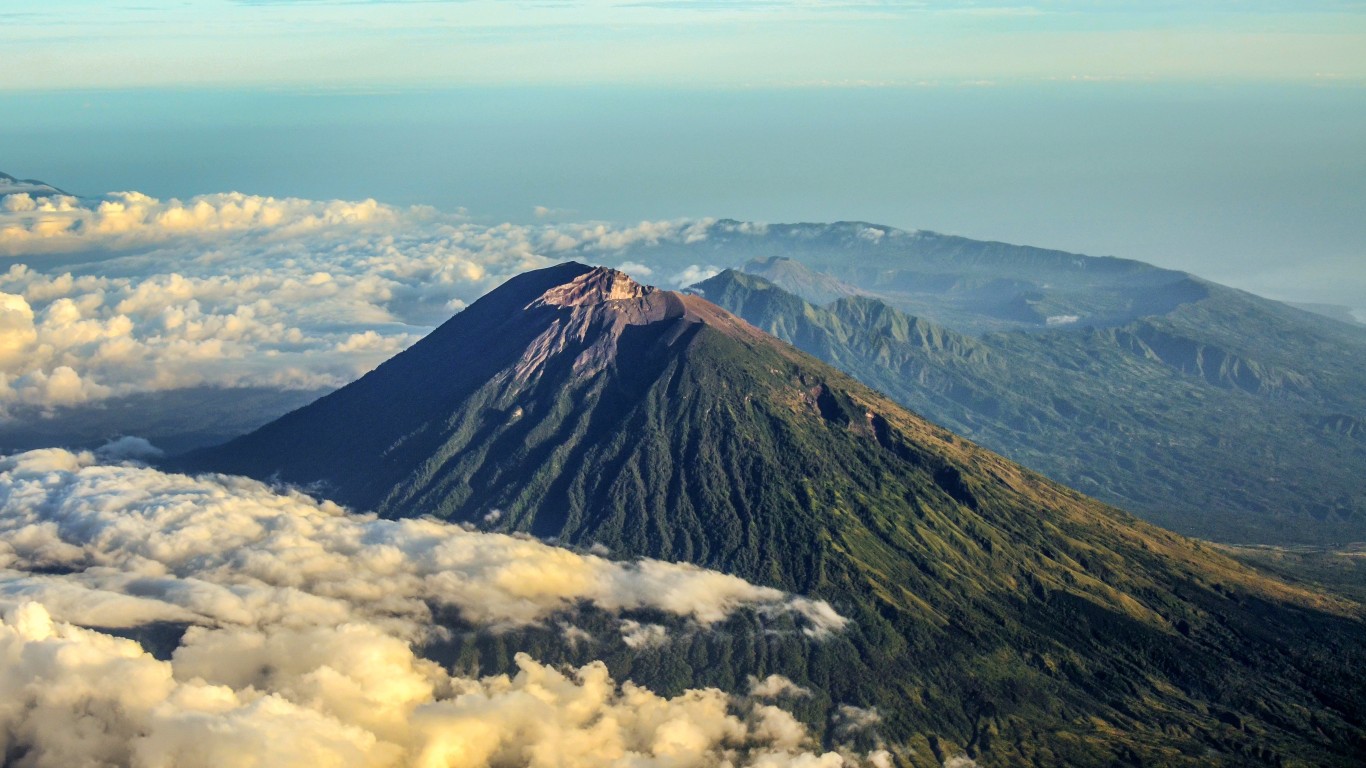
11. Agung
> Type of volcano: Stratovolcano
> Location: Indonesia
> Criteria: Multiple large eruptions, high fatality eruption, significant lava effusion
Mount Agung, on the Indonesian island of Bali, and is currently active. It is the highest point on the island and, most recently, has erupted several times between 2017 and 2019. Volcanic earthquakes were observed leading up to the eruptions and nearby homes were evacuated before the event. After a considerable number of earthquakes, the volcano began to erupt and spew ash into the air, disrupting air traffic. Pyroclastic debris flows (composed of gasses, ash, and rocks) were spotted coming off the mountain, but no one was hurt, as they’d already been evacuated.
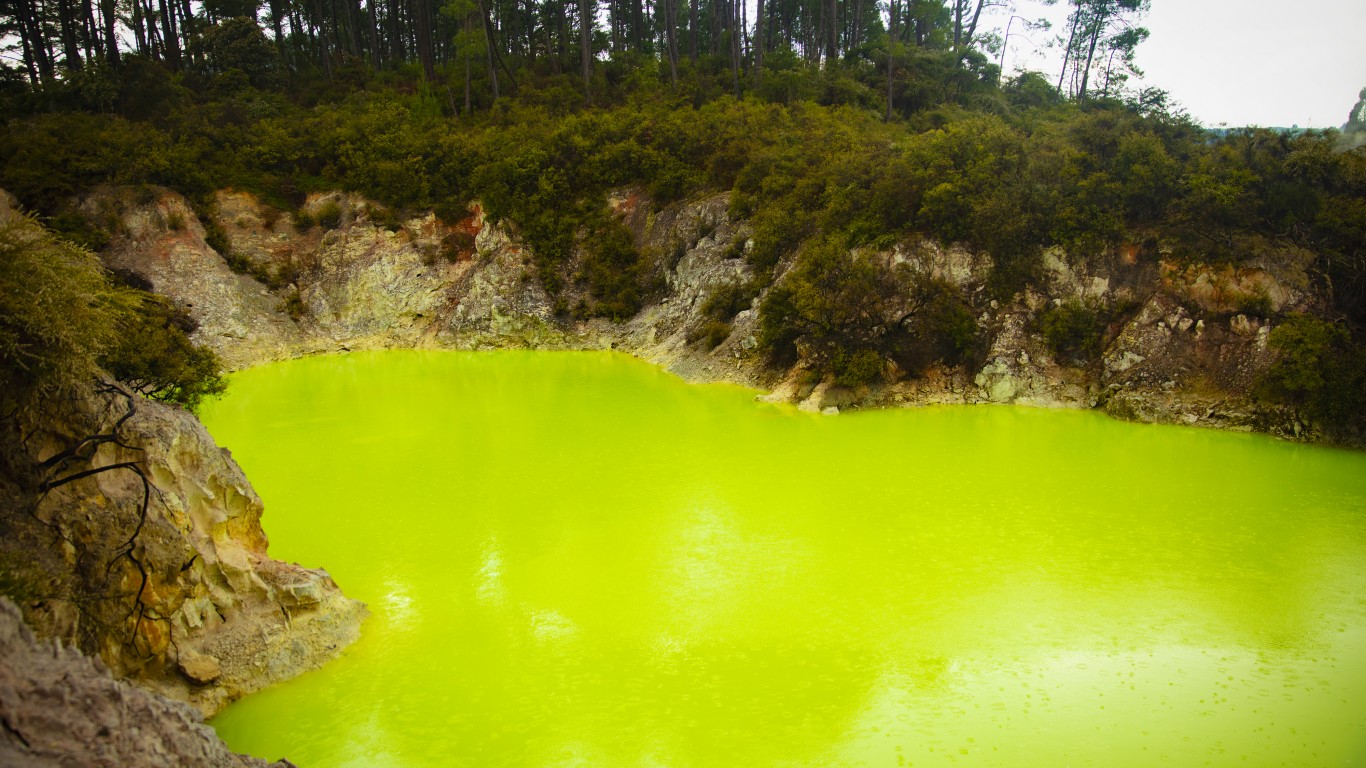
10. Okataina
> Type of volcano: Lava dome(s)
> Location: New Zealand
> Criteria: Multiple large eruptions, high fatality eruption, significant lava effusion
The Okataina volcanic center on New Zealand’s North Island is an area that has multiple recently active volcanic vents. The center includes several large volcanoes that experts believe will erupt again. All three of the peaks of one of the volcanoes, Mount Tarawera, exploded in 1886. The nearby area was sparsely populated but the explosions still killed over 100 people in a nearly four-mile radius. The area has not had any major eruptions since 1886 but the center is still considered active.
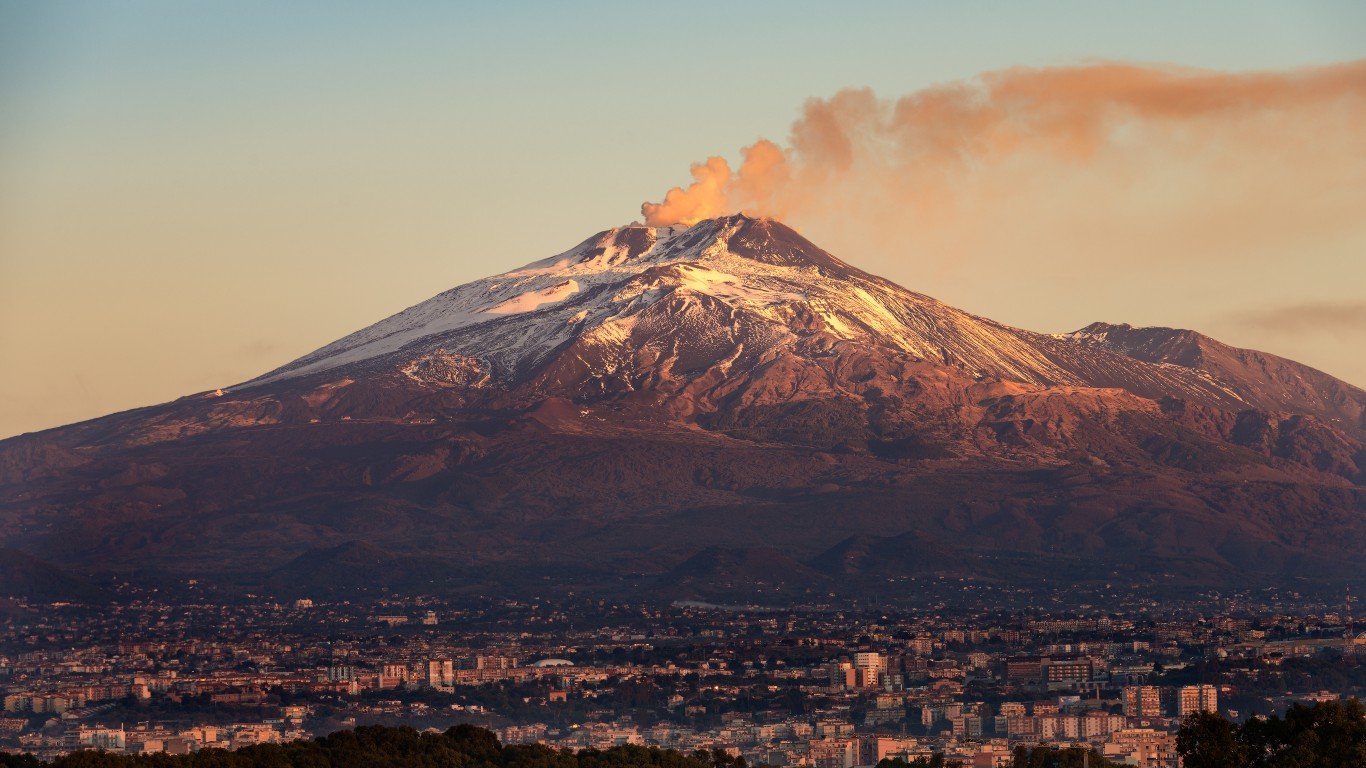
9. Etna
> Type of volcano: Stratovolcano(es)
> Location: Italy
> Criteria: Multiple large eruptions, frequent activity, significant lava effusion
Mount Etna, on Sicily’s eastern coast, is one of the tallest active volcanoes in Europe. It lies in the area where the Eurasian and African tectonic plates meet. It has been almost continuously active at least since ancient times — according to Greek mythology, an ancient monster was said to be trapped inside it — and has had six summit eruptions and four flank eruptions in the past 20 years alone. Few people have been recorded killed by Etna over the years, but it has destroyed several nearby towns.
8. Grímsvötn
> Type of volcano: Caldera
> Location: Iceland
> Criteria: Major eruption, high fatality eruption, significant lava effusion
Grímsvötn has erupted more often than any other volcano in Iceland. It is situated under a glacier, and the reactions between lava and meltwater under the glacier can cause violent explosions. These explosions and other activity can lead to glacial bursts — sudden powerful floods affecting nearby areas. Eruptions from the volcano in 2011 spewed ash into the air and disrupted some European air traffic. The Icelandic Meteorological Office has warned that another eruption might be imminent.

 24/7 Tempo
24/7 Tempo